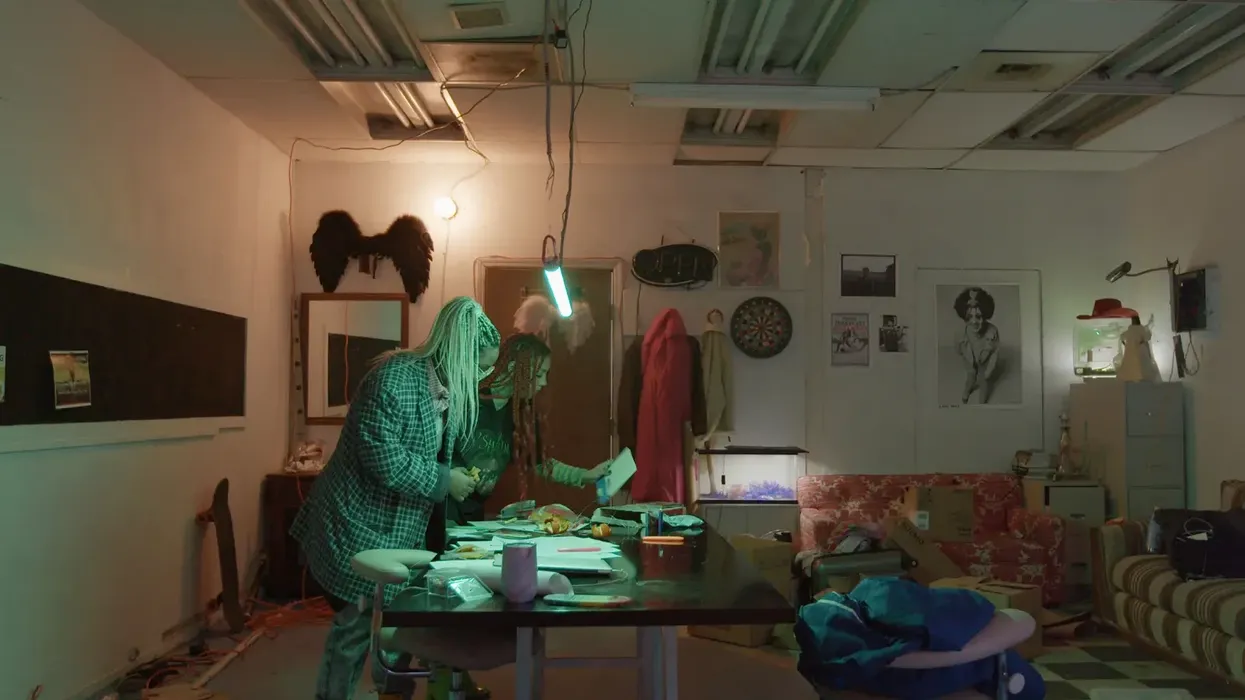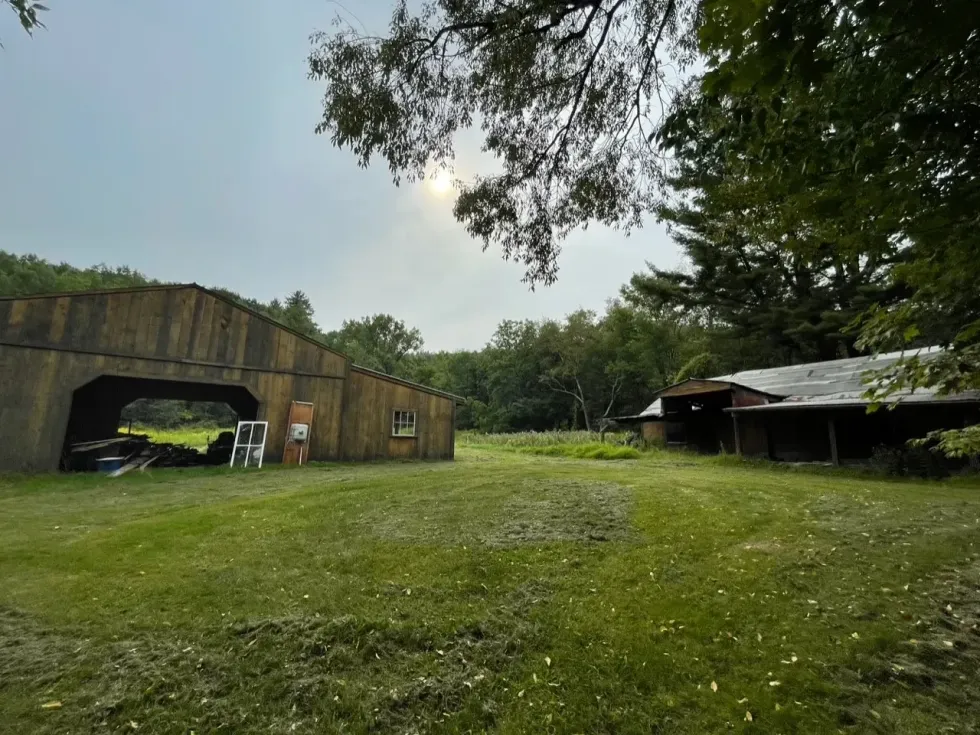Unraveling Mavis Beacon: A documentary journey edited with Premiere Pro and Frame.io
Sundance documentary film “Seeking Mavis Beacon” dives into the world of director Jazmin Renée Jones with a documentary exploring the disappearance of the Haitian-born cover model of the iconic educational software, Mavis Beacon Teaches Typing.

This post was written by Kylee Pena and originally appeared on the Adobe Blog on January 19th, 2024.
Jones and co-investigator Olivia McKayla Ross probe into the questions of digital security, AI, and the representation of Black culture in the digital realm.
The film was edited in Adobe Premiere Pro and Adobe Frame.io by a team of three: Jon Fine, Jazmine Renee Jones and Yeelen Cohen (also the film's DP). The film intertwines observational footage, interviews, memes, and insights from activists and artists, reflecting Jones’ vibrant vision and her celebration of diverse ways of embodying knowledge.
“Seeking Mavis Beacon” premiered at Sundance Film Festival on January 20. We chatted with one of the film’s editors, Jon Fine (editor of "Still Bill", "The House on Coco Road", "Herbie Hancock: Possibilities") about filmmaking.
Read on below for a behind-the-scenes look into the film.
How and where did you first learn to edit?
I started editing as a kid in the 1980s using two VHS decks. I’d play on one and record on the other. Then I learned about old-school editing, cutting on 16mm at a summer program at SVA. In college we were still editing using Beta decks! For the past ten years I’ve been cutting on Premiere Pro. It is super adaptable, intuitive, and brings so many tools together in one place.
How do you begin a project/set up your workspace?
I learned a lot about organizing projects with tons of media and large post teams when I was working as a lead editor cutting product launch films for Apple — much of that media management style became a foundation for how I prep and set up feature projects. Other than that, I really like to have some plants or greenery in the edit room and a musical instrument nearby.
Tell us about a favorite scene or moment from this project and why it stands out to you.
I love the scene in the film where Jaz & Olivia are handing out flyers and searching around a neighborhood in Los Angeles where Mavis may have lived. The moment of discovery and the organic way it unfolded as they went door to door was a “real” breakthrough. I love the way the film dips in and out of humor, absurdity and seriousness.
What were some specific post-production challenges you faced that were unique to your project? How did you go about solving them?
Early on, I received tons of footage from Jaz. Because the film's “mystery” was still being explored, I found myself diving into editing whatever areas felt emotionally compelling, cutting scenes in a variety of ways, and searching for the nuggets that seemed like they may help solve the mystery embedded in the film. But because we didn’t yet know for sure where the story would end up, we had to explore a lot of avenues that didn’t make the cut. As shooting continued and evolved, and we better realized where we were headed, characters that seemed important faded into the background and others became more prominent. Once we felt more sure of the destination, the film’s language really congealed for me, Jaz and Yeelen, and we found a rhythm to weave between the personal narrative, the road trip, the investigation, interviews and the desktop montages.
What Adobe tools did you use on this project and why did you originally choose them? Were there any other third-party tools that helped enhance your workflow?
Premiere Pro was our main tool, along with Adobe Photoshop.
We also used Frame.io as a tool to share dailies.
If you could share one tip about Premiere Pro, what would it be?
I personally like to enable or disable clips a lot as I’m cutting and building layers with stacks of options. I also like to quickly maximize and minimize track heights. I’ve created my own customized keyboard layout to quickly access the tools I use all the time.
Who is your creative inspiration and why?
I come from a family of artists — my mother is a sculptor, my sister and brother are both painters, and my father is a scientist and researcher, so visual arts & science for me coalesced in filmmaking. I’ve also been able to spend a lot of time filming with Herbie Hancock & Wayne Shorter — a lot of their creative process has inspired me in my own discipline — the sense of openness to ideas and excitement at adaptation and improvisation, along with an introspection and playfulness.
What’s the toughest thing you’ve had to face in your career and how did you overcome it? What advice do you have for aspiring filmmakers or content creators?
I once had a whole bag of exposed super 8 film stolen from the roof of a bus while shooting a short film in Southeast Asia. It was sobering. Don’t let your footage out of your sight! For me, the best advice in filmmaking is all about collaboration: embrace new ideas and find collaborators who are fun, open minded and inspire you.
Share a photo of where you work. What’s your favorite thing about your workspace and why?
I work from my home in the Upper Hudson River Valley in upstate New York on our 80 acre property. My wife is a farmer/artist (she grows tons of vegetables and flowers) and the Kinderhook Creek runs right through the property. Each year, the farm’s been growing and one of the barns is being converted into an edit studio, so one day it’ll be set up as a place to cut, mix and finish films, and take breaks jumping into the creek. I love creating films with a homey energy. Maybe we’ll see an emerging farm-to-table editing movement here in upstate New York…

This post was written by Kylee Pena and originally appeared on the Adobe Blog on January 19th, 2024.
















